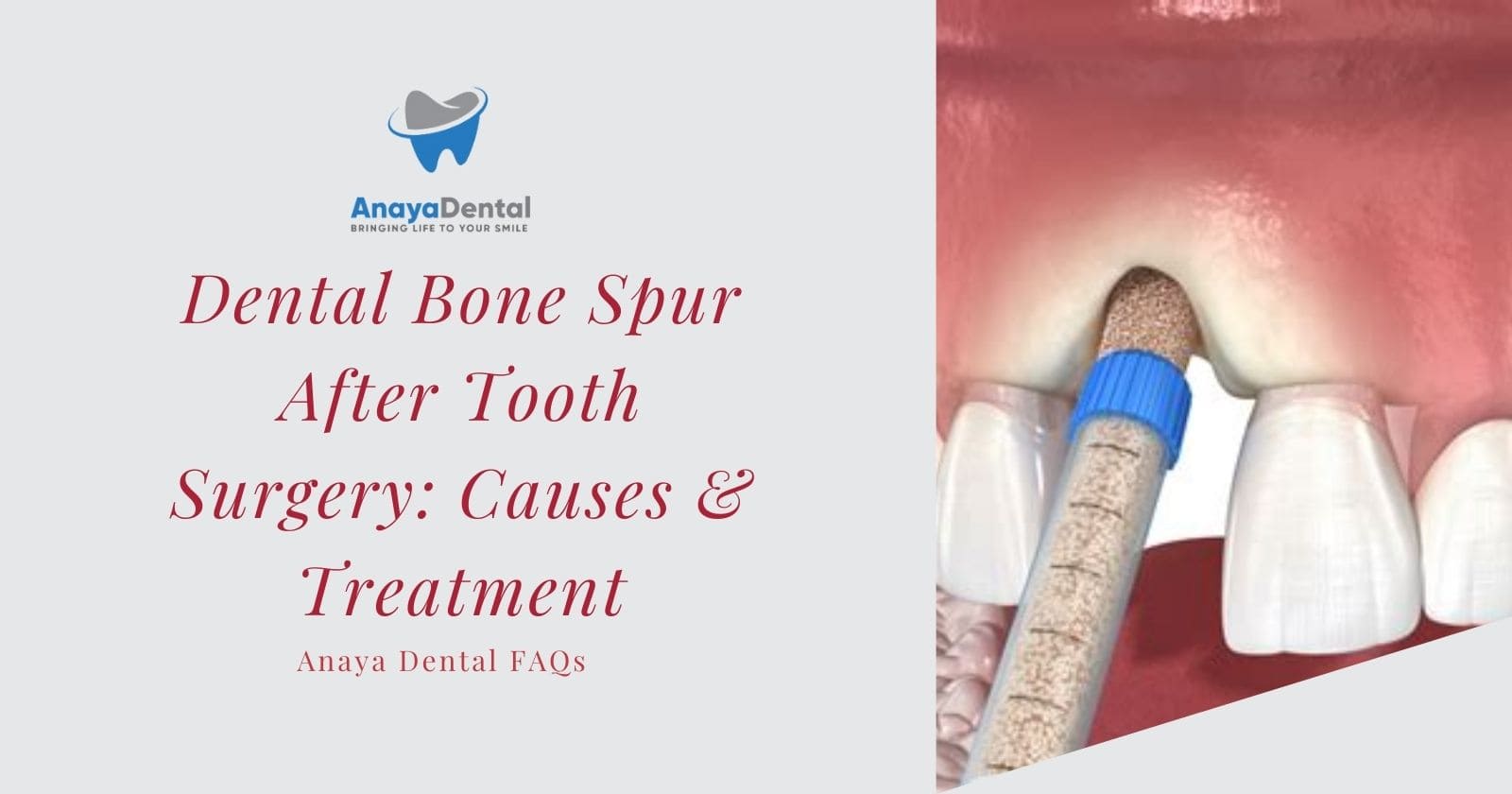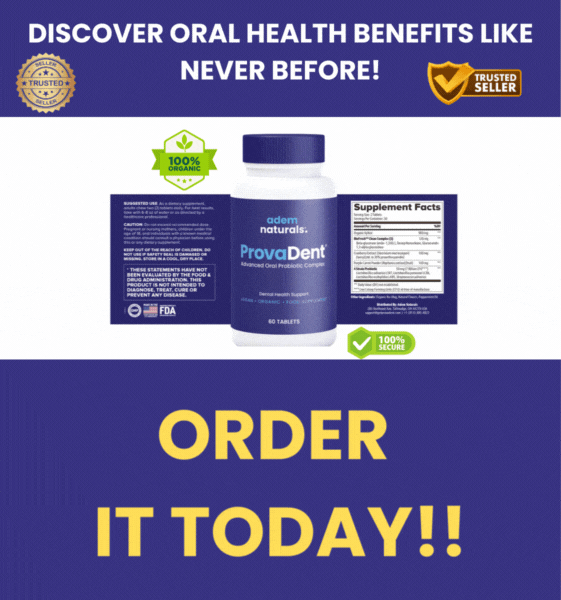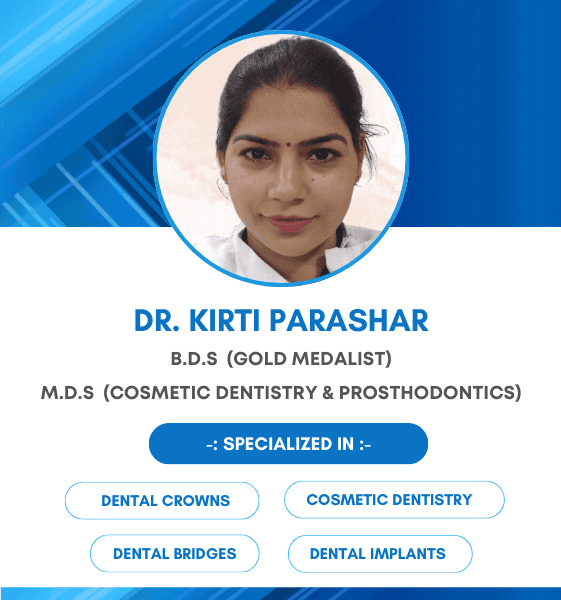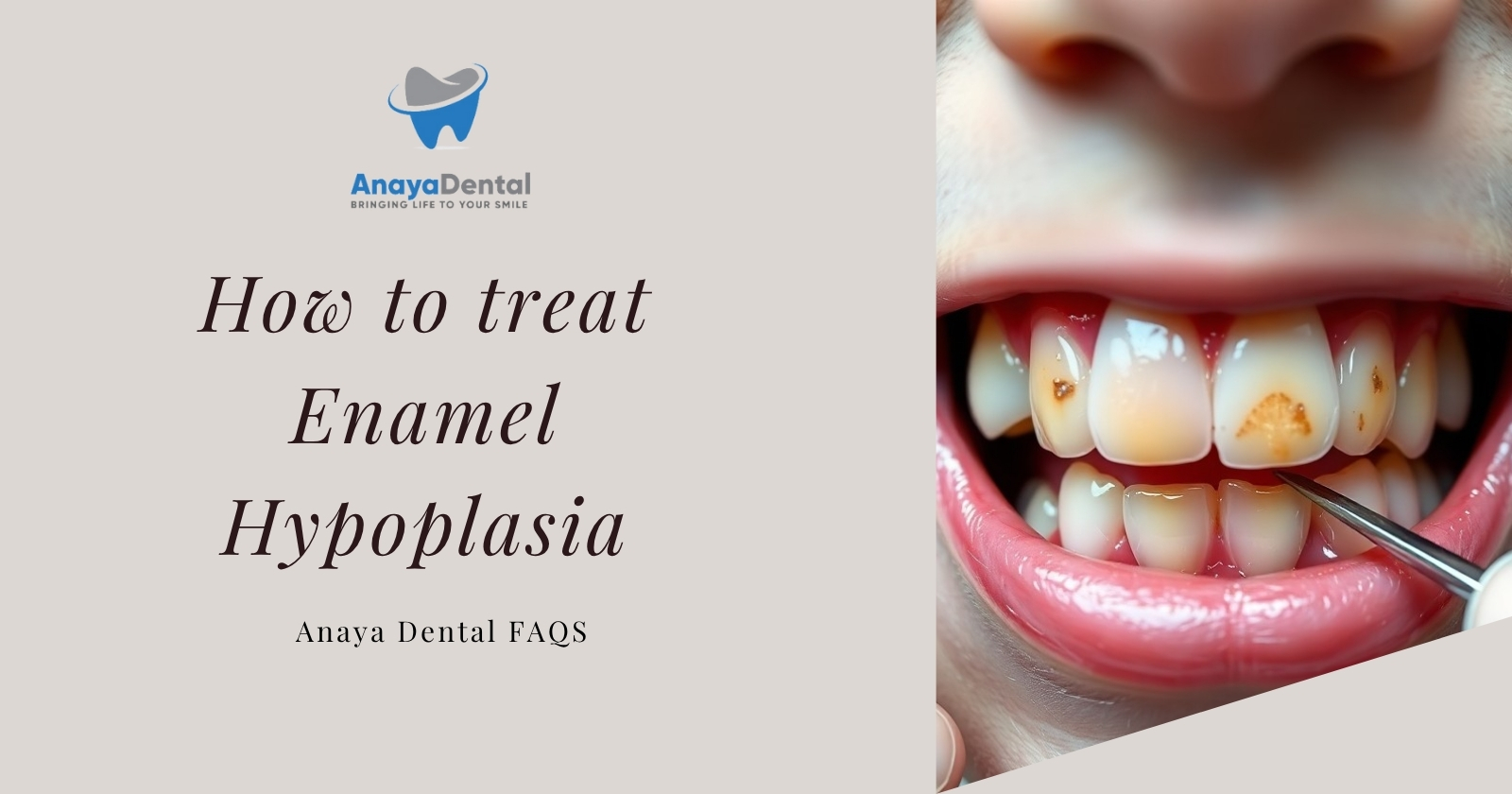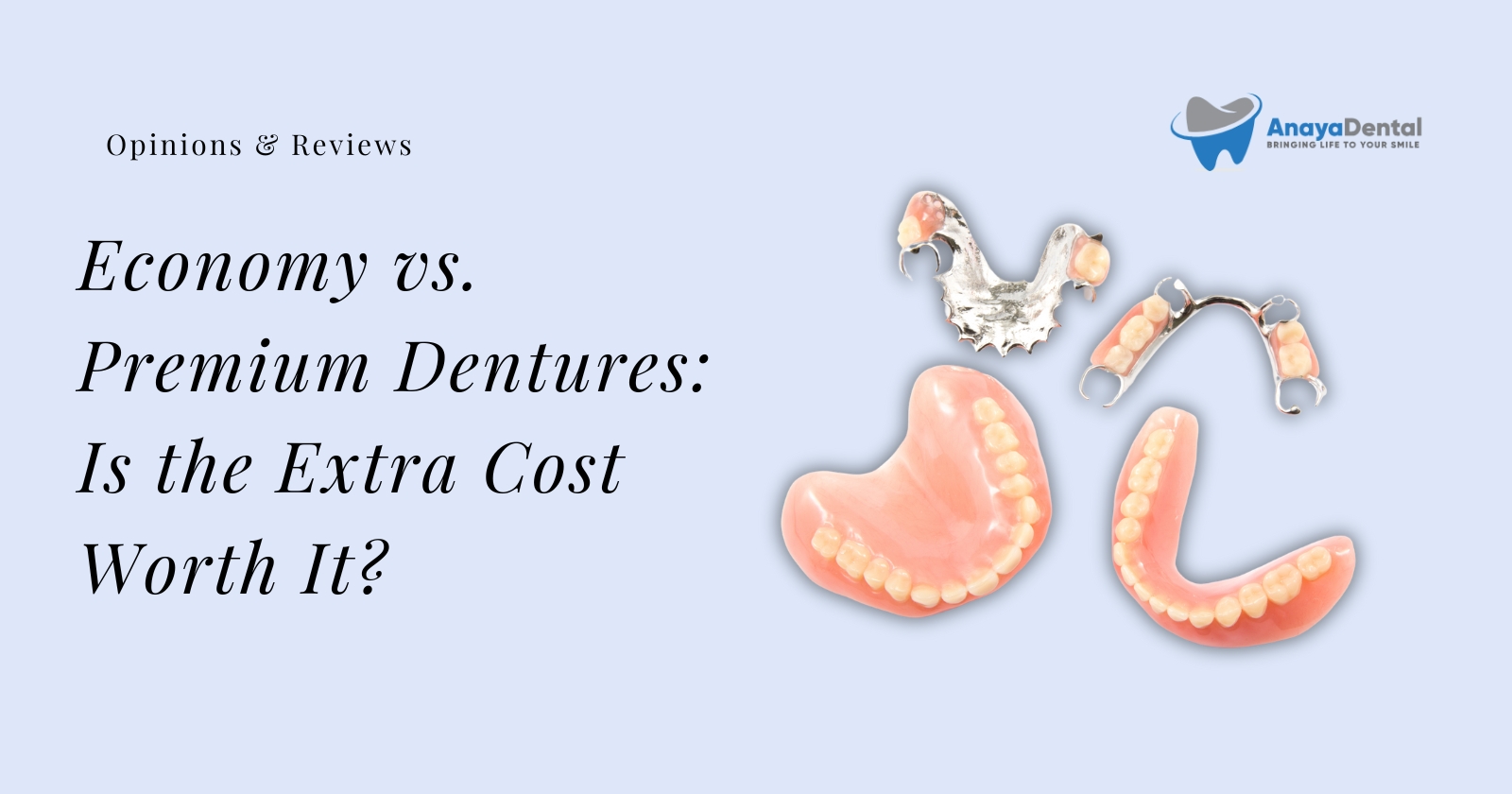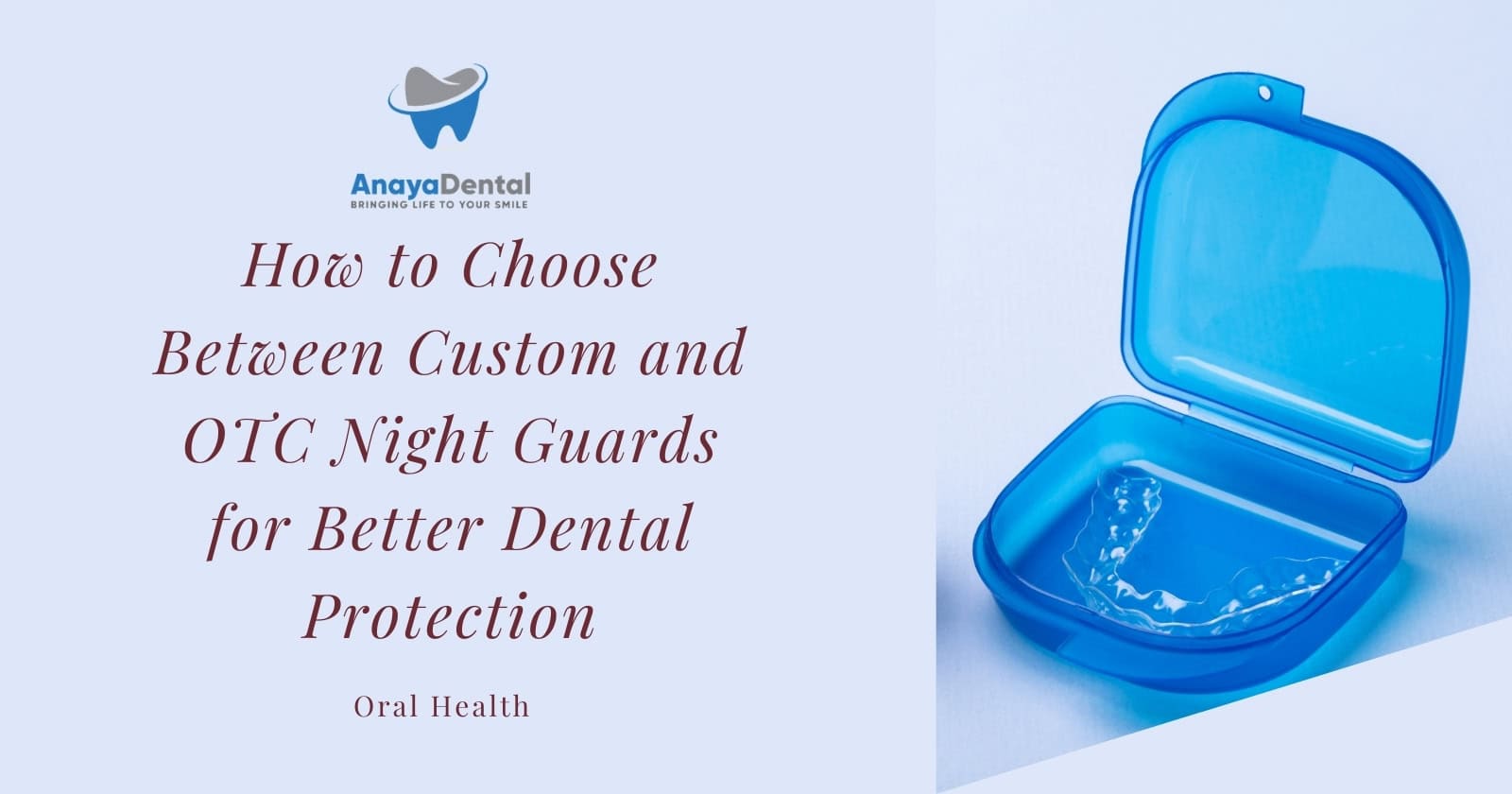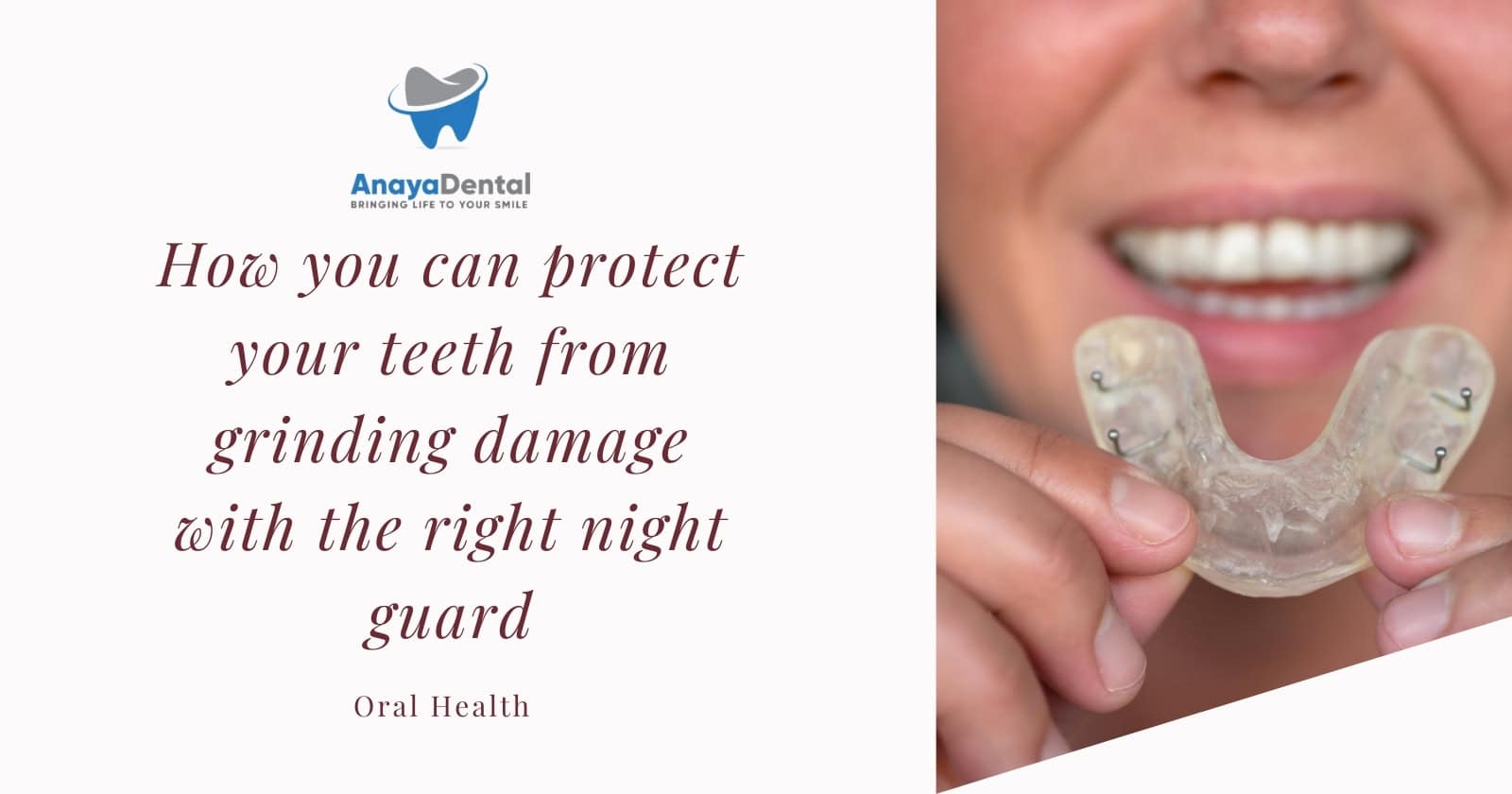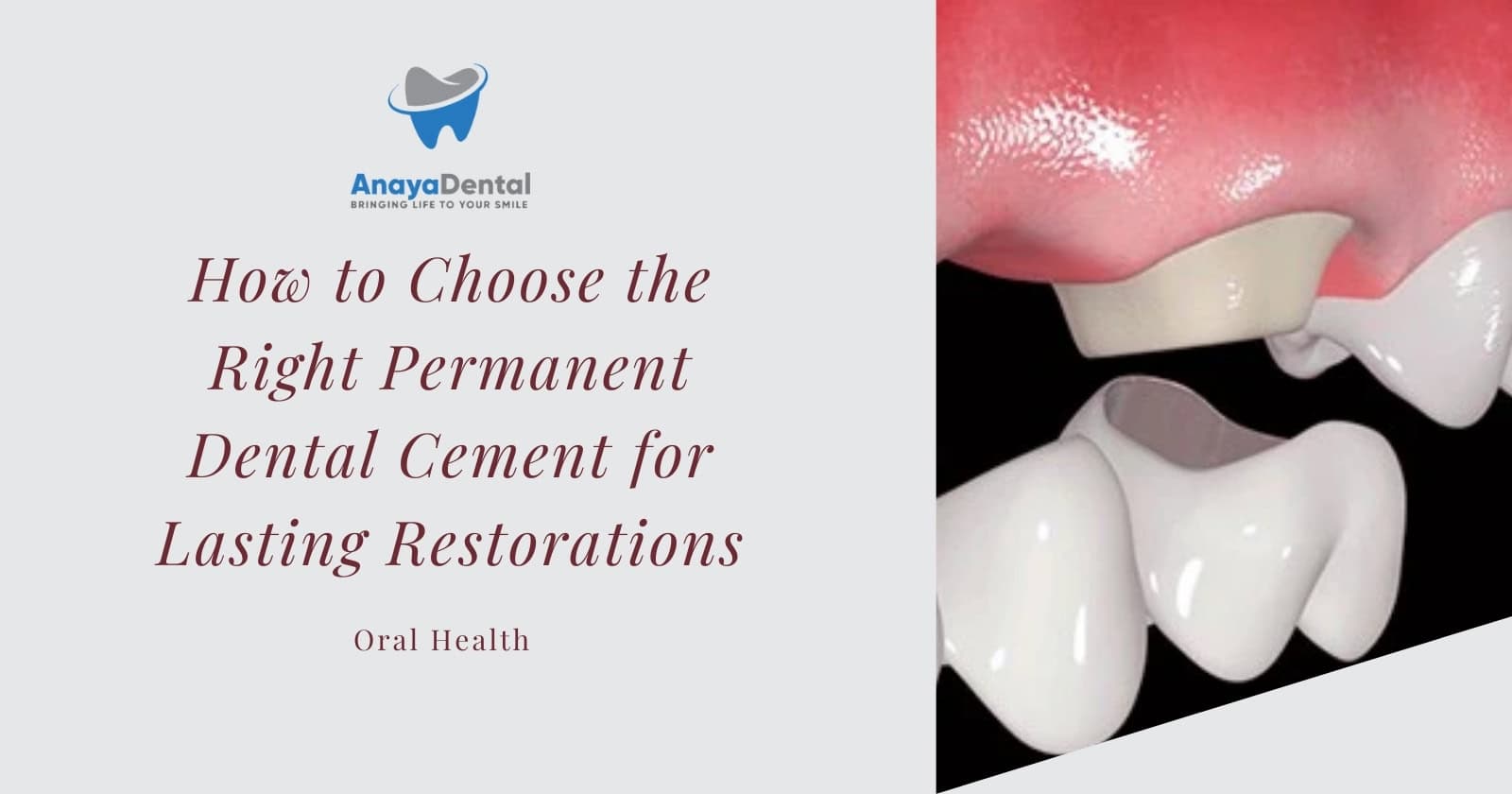Dental bone spurs, also known as bone spicules or oral exostoses, are small fragments of bone that emerge through the gum tissue. These spurs often arise as a natural response to bone remodeling after a dental procedure, such as tooth extraction or surgery. While they are not inherently dangerous, they can cause discomfort and irritation, leading to complications if left untreated. Understanding the causes, symptoms, and treatments for dental bone spurs is essential in maintaining optimal oral health.
Additionally, a comprehensive understanding of the healing process, preventive measures, and potential complications can help individuals manage their oral health effectively. Since dental bone spurs can sometimes be mistaken for other conditions like oral cysts, abscesses, or even dental infections, proper diagnosis is crucial. By knowing the risk factors and signs of this condition, you can take proactive steps toward early intervention and treatment.
What Are Dental Bone Spurs?
Dental bone spurs are tiny, sharp bony protrusions that can develop in the gums or along the jawbone. They typically form as a result of trauma, bone healing, or excessive bone growth. Unlike other oral conditions, bone spurs are hard and may be physically felt as a rough or sharp area within the gum tissue. These spurs are similar to bone spurs found in other parts of the body, such as the heels or spine, but they manifest within the oral cavity due to different triggers.
Try Our Dental Calculators
These bone formations are often a result of the body’s natural healing process, where bone remodeling occurs after trauma or surgery. However, excessive bone formation can lead to discomfort and may require professional intervention. Understanding the biological mechanism behind these spurs can help individuals recognize when they need medical attention.
Causes of Dental Bone Spurs
Several factors can contribute to the formation of dental bone spurs, including:
- Post-Tooth Extraction Complications: When a tooth is removed, the surrounding bone may react by forming small spicules as it heals. These fragments can sometimes push through the gum surface.
- Bone Remodeling and Regrowth: The jawbone continuously undergoes remodeling, and excessive bone production may result in the formation of spurs.
- Gum Disease and Infections: Periodontal diseases can lead to bone loss and regrowth, potentially causing spurs.
- Genetic and Lifestyle Factors: Some individuals have a genetic predisposition to excessive bone growth, and habits such as teeth grinding (bruxism) can contribute to the development of bone spicules.
- Orthodontic Procedures or Dental Implants: Some individuals develop bone spurs following dental implant surgery or orthodontic treatments that involve extensive jawbone movement or pressure.
- Trauma to the Jaw or Gums: Direct injury to the mouth, whether through an accident or repetitive stress like chewing on hard foods, may contribute to bone spur formation.
Symptoms of Dental Bone Spurs
The presence of a dental bone spur may be accompanied by various symptoms, including:
- Localized Pain and Discomfort: Bone spurs can cause soreness, particularly when brushing, eating, or applying pressure.
- Swelling and Gum Irritation: The protrusion may irritate the surrounding gum tissue, leading to inflammation.
- Difficulty in Chewing or Speaking: Larger spicules can interfere with normal oral functions, making it difficult to eat or talk comfortably.
- Visible or Palpable Hard Lumps: Patients may feel a sharp or rough area in their gums, particularly after a recent dental procedure.
- Bleeding or Sore Gums: In cases where the bone spur is pressing against soft tissue, it may cause minor bleeding or persistent gum soreness.
- Bad Breath or Unpleasant Taste: If the bone spur leads to irritation or an infection, it may result in bad breath or a persistent unpleasant taste in the mouth.
Diagnosing Dental Bone Spurs
Dentists use a combination of clinical examination and imaging techniques to diagnose dental bone spurs effectively. These methods include:
- Physical Examination: A dentist will palpate the affected area and look for visible protrusions.
- Dental X-rays: Radiographs help in identifying underlying bony structures and confirming the presence of spicules.
- CT Scans for Severe Cases: In cases where the spurs are deeply embedded, CT scans may be used to get a clearer view of the affected area.
- Differential Diagnosis: Since symptoms may mimic other conditions like dry sockets or oral cysts, a comprehensive evaluation is necessary to rule out other possibilities.
Complications Associated with Dental Bone Spurs
If left untreated, dental bone spurs can lead to several complications, such as:
- Infection Risks: If bacteria enter the exposed area, it can lead to localized infections or abscess formation.
- Delayed Healing: The presence of a bone spur can interfere with post-surgical recovery and tissue regeneration.
- Nerve Damage: In rare cases, excessive bony protrusions may impinge on nerves, causing numbness or discomfort.
- Chronic Inflammation: Persistent irritation may lead to chronic inflammation, making it difficult to maintain oral hygiene.
Treatment Options for Dental Bone Spurs
The treatment of dental bone spurs depends on their severity and impact. Common approaches include:
| Treatment Option | Description |
|---|---|
| Natural Shedding | Some spicules work their way out naturally as the gums heal. |
| Dental Extraction | If a spur is causing discomfort, a dentist may remove it surgically. |
| Antibiotics & Pain Relief | Medications can help manage infection risks and alleviate pain. |
| Laser Therapy | In some cases, lasers may be used to smooth out the protrusions. |
| Home Remedies | Warm saltwater rinses and over-the-counter pain relievers can provide relief. |
Recovery and Healing After Bone Spur Removal
Post-removal recovery involves managing discomfort and ensuring proper healing. Patients can expect:
- Healing Timeline: Most individuals recover within 1-2 weeks after bone spur removal.
- Pain Management: Over-the-counter pain relievers and prescribed medications can ease discomfort.
- Dietary Recommendations: Soft foods should be consumed initially to prevent irritation to the affected area.
- Monitoring for Infection: Patients should look for signs of infection, such as increased swelling, pus, or prolonged pain.
Conclusion
Dental bone spurs, while often benign, can cause significant discomfort if they protrude through the gum tissue. Recognizing the symptoms and seeking appropriate treatment ensures better oral health outcomes. By following preventive measures and adhering to professional guidance, you can effectively manage and reduce the risk of developing these bony protrusions. If you suspect a dental bone spur, consulting a dental professional for evaluation and management is the best course of action. Proper oral care and timely intervention can make a substantial difference in preventing long-term complications.
